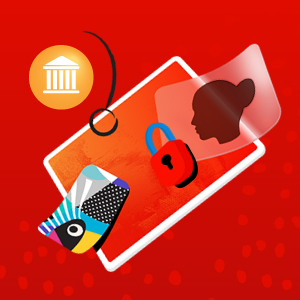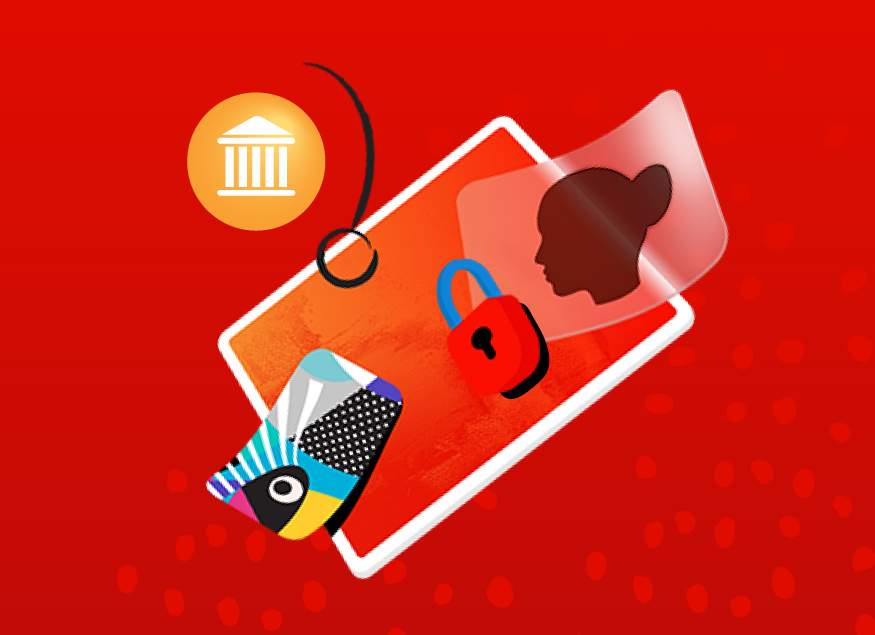Throughout the history of government technology adoption, agencies have continually adapted to the ever-changing technological landscape. With the increasing demand for digital governance, the drive to modernize both the workforce and the citizen experiences is more important than ever. This dual focus ensures that agencies can not only improve their internal operations but also foster stronger, more responsive relationships with the public. This means fulfilling their overall missions easier than ever while rising to meet the ever-growing expectations of the people they serve.
Modernizing the Workforce
Government employees are the backbone of public service, working day in and day out to ensure that citizens receive the support they need. As the demands on these employees grow more complex, it’s crucial that we provide them not just with advanced tools, but with a work environment that fosters collaboration and encourages ongoing learning. The shift isn’t just about adopting new technologies; it’s about creating a culture where innovation thrives, and where every team member feels empowered to contribute to the agency’s mission.
With a rising demand for digital services, especially since the COVID-19 pandemic, public sector employees have faced unprecedented challenges. From adopting new technologies to managing complex workflows to rapidly adapting to this surge in service demands, their roles have become more fundamental than ever. This period highlighted the importance of equipping government workers with the skills and tools needed to thrive in a digital-first environment.
To navigate these challenges effectively, agencies must prioritize seamless collaboration and strategic work management. This involves adopting tools that enhance communication, align projects with agency goals, and provide transparency into progress. We’ve seen that by fostering a culture of collaboration and transparency, agencies can ensure that every project contributes to the broader mission, empowering employees to deliver results more efficiently.

Moreover, modernization also means streamlining outdated processes that have long hindered efficiency. For example, enrollment processes have traditionally been slow and cumbersome, often relying on paper-based systems. By modernizing these workflows through automation and digital tools, agencies can reduce administrative burdens, improve accuracy, and speed up service delivery. This allows government employees to focus on more strategic tasks, ultimately enhancing the overall employee experience. These enrollment processes are not simply internal agency constraints but also form a core element of the drive to modernize the citizen experience as well.
Modernizing Citizen Experiences
In today’s digital world, citizens expect the same level of service from government agencies as they do from their favorite online retailers. This means that government websites and online services need to be intuitive, accessible, and responsive to the needs of every user. By prioritizing user-centered design and using data to inform decisions, agencies can ensure that their digital platforms are not only functional but also welcoming. It’s about making every interaction count, whether it’s a simple information request or a more complex service transaction.
It is often the case that the online presence of a government agency is the first point of contact for residents seeking information or services. However, many government websites still struggle with outdated designs and inconsistent content, which can negatively affect public perception and engagement. This is why creating those meaningful, personalized experiences is an integral part of digital transformation in the public sector. By doing so, agencies can create more cohesive, accessible, and engaging digital services that resonate with citizens. This approach ensures that online interactions are intuitive and aligned with the diverse needs of the public, leading to higher satisfaction and trust in government services.
Furthermore, in an era where information is consumed rapidly across multiple channels, the ability to quickly create, manage, and distribute content is crucial. Delays in content delivery can result in missed opportunities for engagement and a failure to address the immediate needs of citizens. By increasing content velocity—improving internal workflows, streamlining content management, and ensuring that content is tailored to specific audiences—agencies can more effectively communicate with the public, delivering prompt and relevant information that enhances citizen engagement.
Conclusion
The challenges facing government agencies today are significant, but they also present opportunities for innovation and growth. Modernizing the workforce and citizen experiences are two sides of the same coin in the journey toward a more efficient and responsive government. By adopting strategies that streamline work management, modernize enrollment processes, enhance web experiences, and increase content velocity, agencies can better serve their citizens and build a stronger connection between government and the public it serves. This dual approach to modernization is essential for navigating the challenges of the digital age and fulfilling the mission of serving citizens effectively.
View our Adobe webinar series to learn more about creating experience-driven government services.







